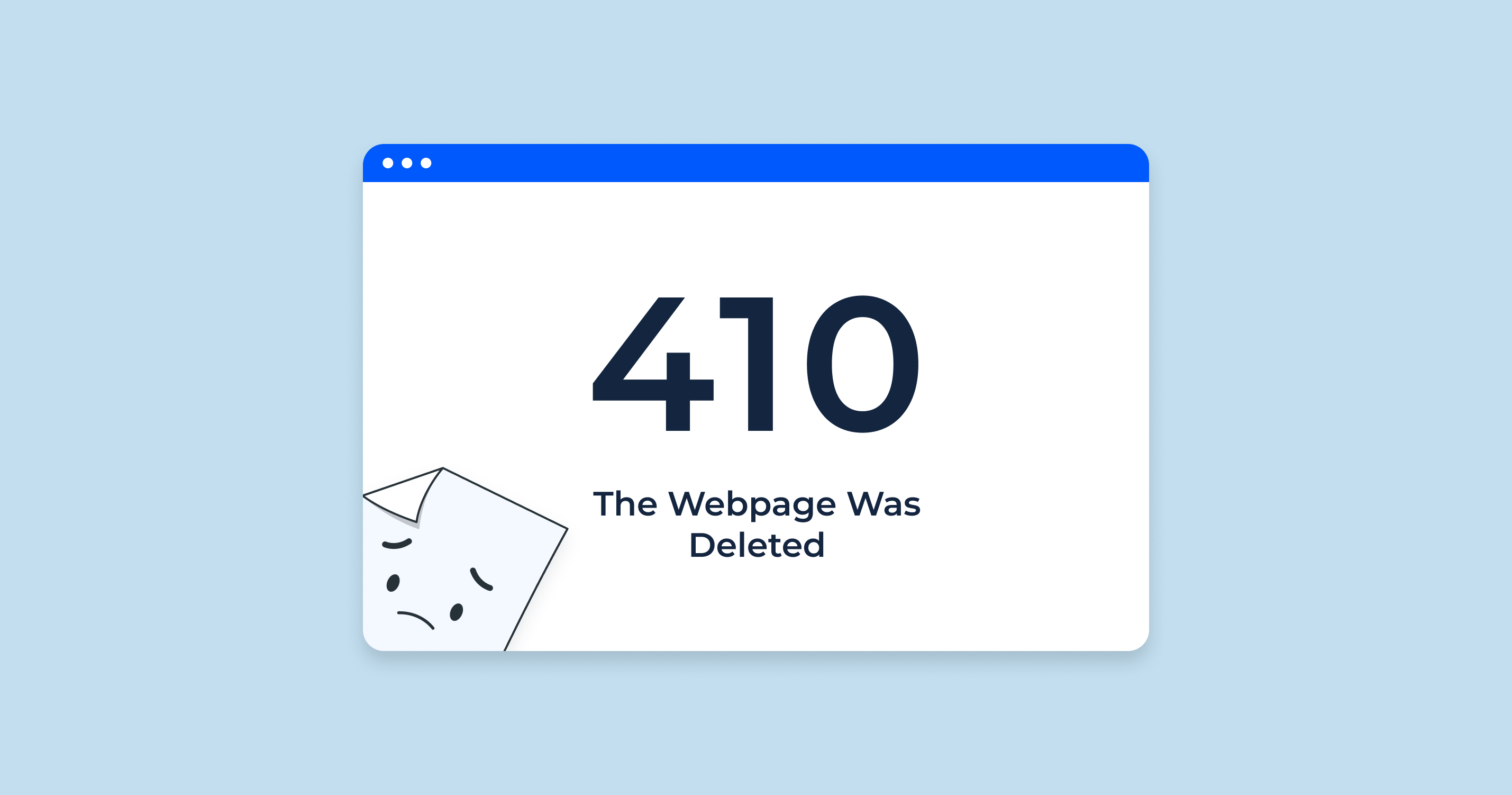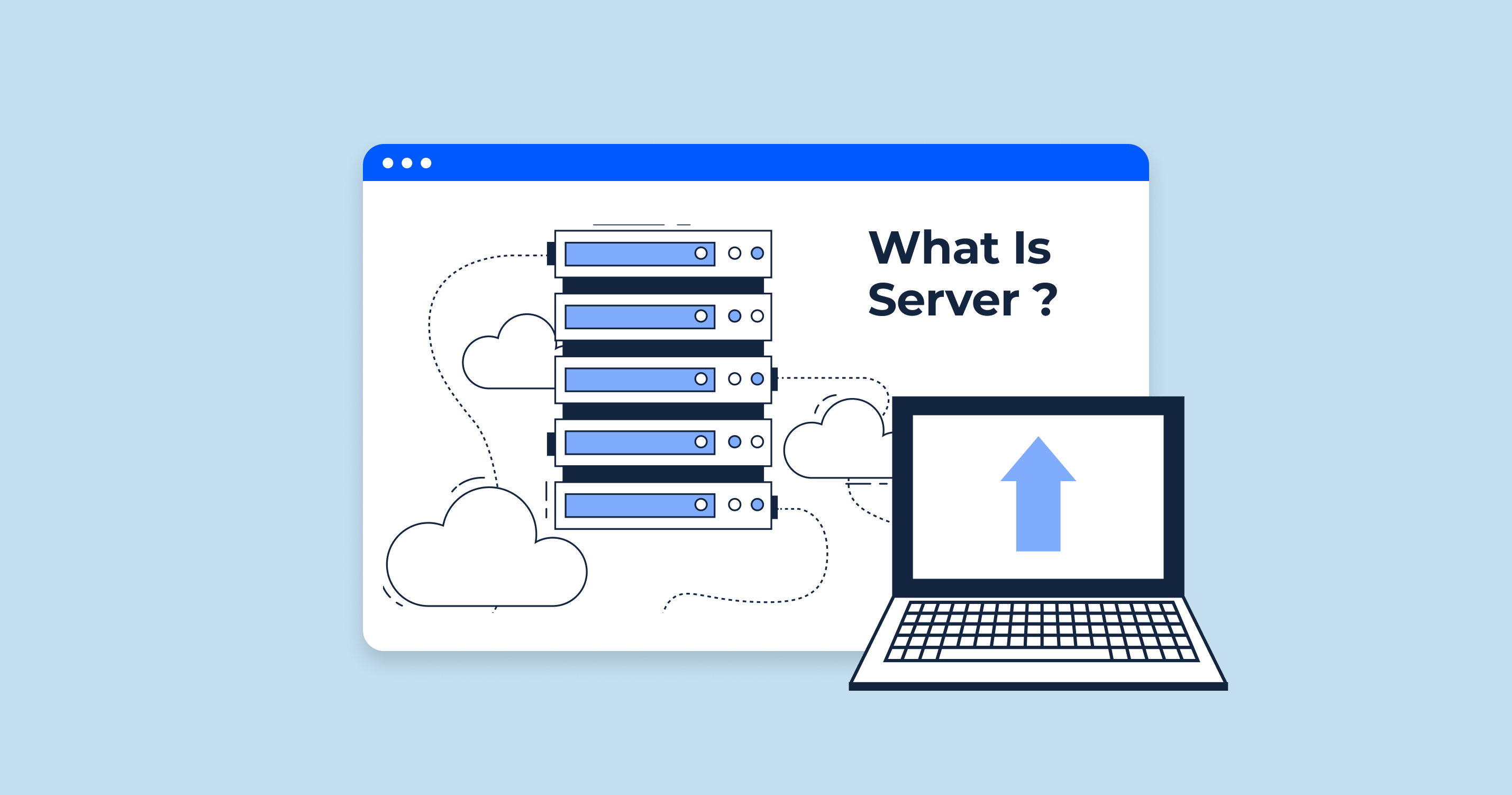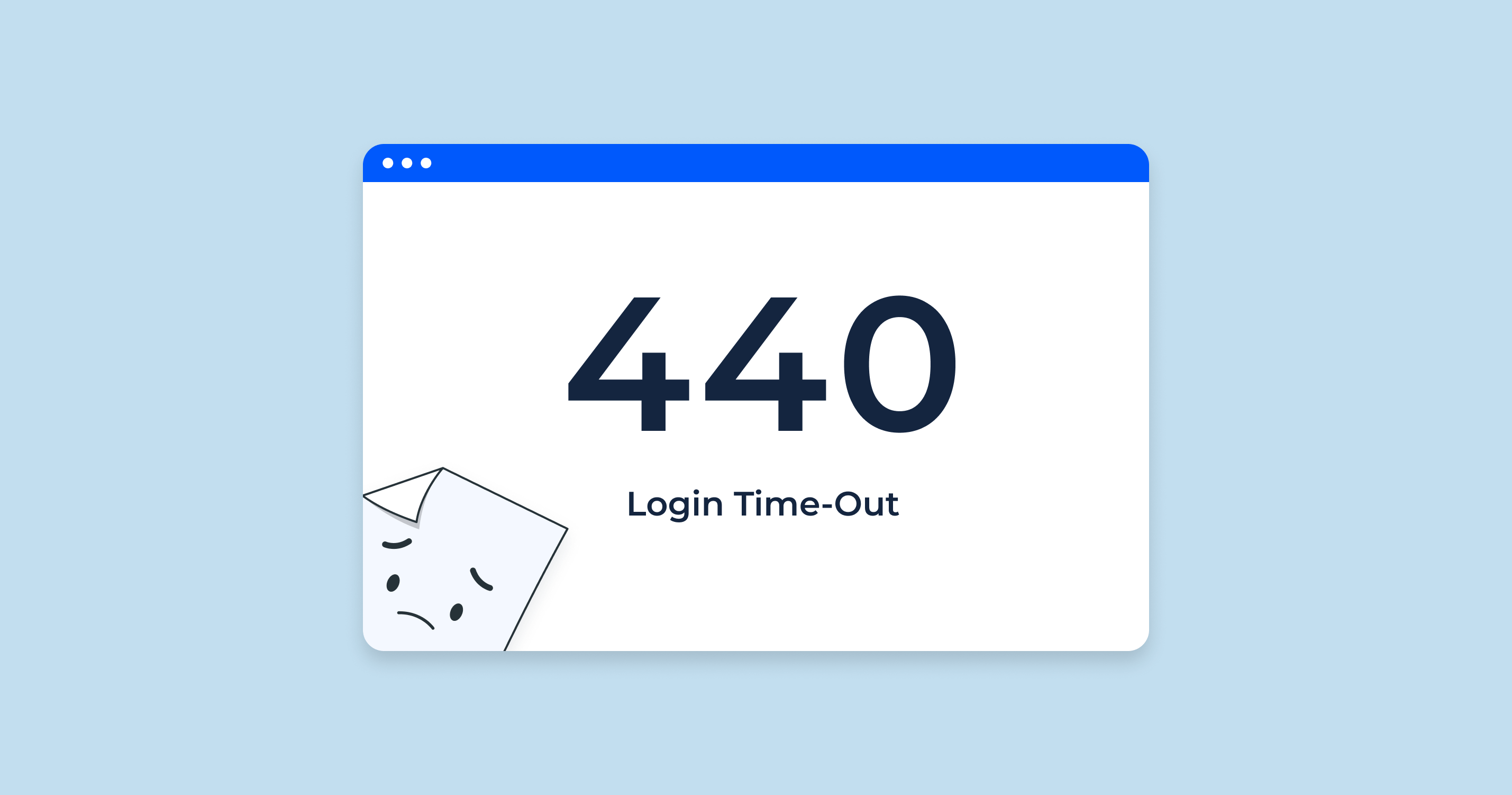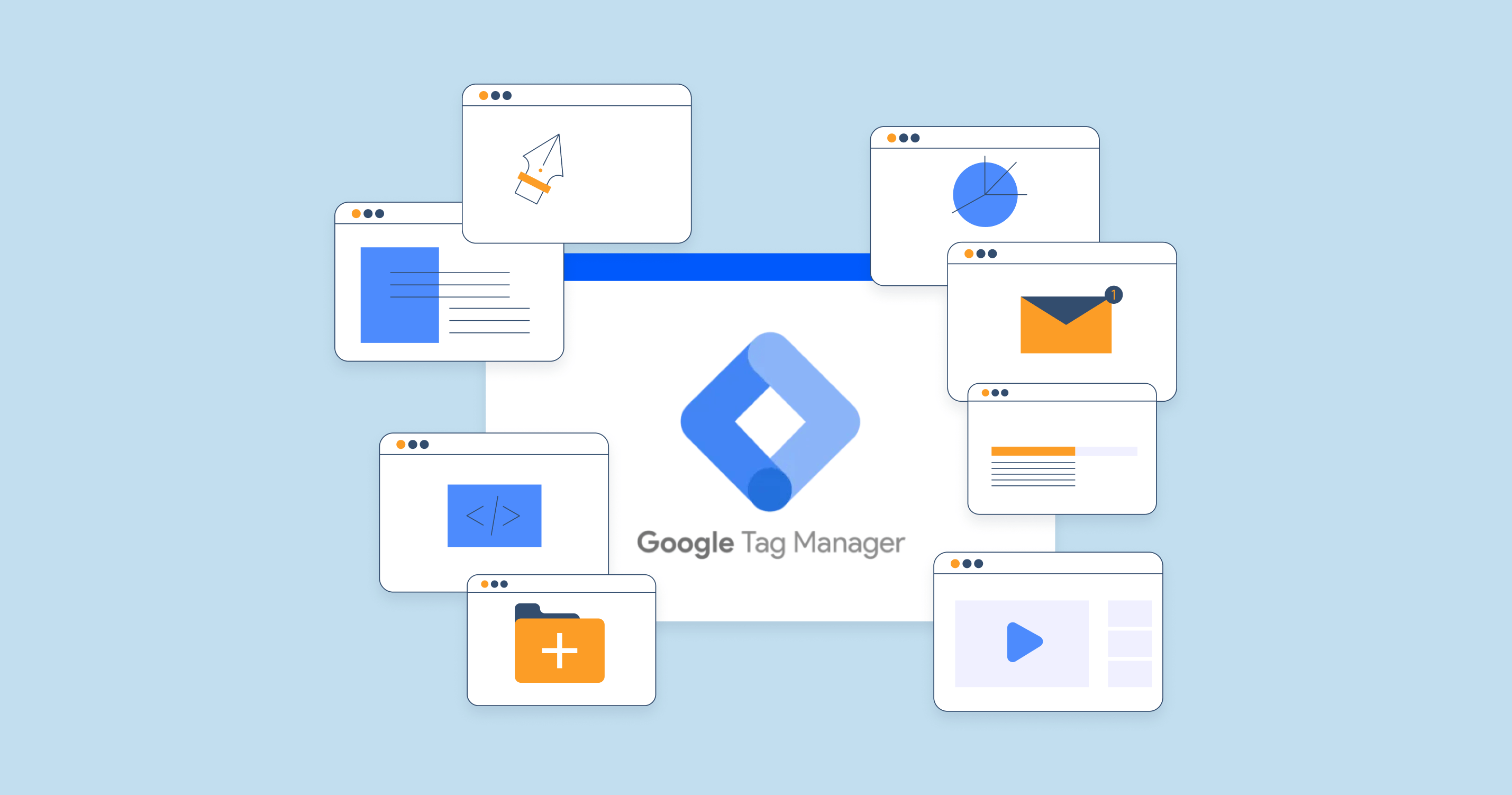The 410 HTTP status code is a server response that communicates to the client that the requested resource is not available on the server and that the server does not expect the situation to change in the future. In other words, the requested resource has been intentionally removed and won’t be available again. This status code is part of the Hypertext Transfer Protocol (HTTP), which is the foundation of any data exchange on the Web.
The 410 status code is very specific and definitive in its meaning. It tells the client, including search engine bots, “This resource is gone. It has been permanently removed, and there are no plans for it to ever be here again.” It’s the server’s way of saying that this isn’t a temporary issue or an error but rather a permanent, intentional removal.
Unlike a 404 status (Not Found), which can suggest possible temporary unavailability, a 410 status sends a clear signal to search engines to de-index the page because it’s intentionally been taken down and won’t be back. This helps search engines update their records more efficiently and prevent directing users to non-existent pages, ultimately contributing to a better user experience on the web.
However, the 410 status should be used carefully as it may affect the website’s search engine optimization (SEO). If a page with a good SEO ranking is deleted and marked with a 410, the ranking power of that URL will also be gone. Therefore, it’s important to make sure that when a page is deleted, it’s because it’s absolutely necessary and not just because the content needs to be updated or moved.
When to Use 410 Status Code
The 410 status code should be used when a web page has been permanently removed and will not be reinstated. This status code is best to use in the following scenarios:
- Intentional Content Removal. If you’ve intentionally removed a page from your site and have no plans to replace it with another similar page, a 410 status code is appropriate. It sends a clear signal to search engines that the page is gone for good, enabling them to quickly deindex the page.
- Site Restructuring. When restructuring or overhauling your website, you might remove some pages permanently. In these cases, using a 410 status code is more efficient than a 404, as it tells search engines not to keep checking for the page.
- Expired Listings. For websites that manage timely content like job postings, event listings, or classified ads, a 410 status code would be suitable for pages that will not be updated or replaced once the listing has expired.
- Test Pages. If you’ve created test pages on your live site and later removed them, using a 410 status code will signal to search engines that these were not real content pages and have been permanently removed.
Remember that a 410 status code sends a strong signal to search engines that the page is gone forever, so it should only be used when you’re sure you won’t bring the page back. If there’s a chance the page might return, a 404 status code is more appropriate, as it suggests a temporary unavailability.
Impact 410 Error on SEO
The 410 status code can have both short-term and long-term impacts on SEO.
In the short term, using a 410 status code can lead to a decrease in website traffic. This is because the page will be quickly deindexed by search engines, so any organic search traffic that the page was previously bringing in will be lost.
However, in the long term, using a 410 status code can be beneficial for SEO. By telling search engines that a page has been permanently removed, it saves them from continually trying to crawl a page that no longer exists. This saves the crawl budget – the limited number of times a search engine will crawl your site over a certain period. By saving the crawl budget, you’re allowing search engines to spend more time discovering and indexing other important pages on your site, which could potentially boost your SEO performance.
Also, by removing non-existing pages quickly, you improve the user experience for your visitors, as they’re less likely to encounter ‘dead’ pages, which could have a positive impact on your SEO in the long run.
How to Implement a 410 Status Code
Implementation of a 410 status code differs based on the server you’re using or the content management system. Here are a few examples:
Apache Server:
You can use the .htaccess file to send a 410 status code. Here’s how you can do it:
- Open your .htaccess file in a text editor.
- To set up a 410 status for a specific page, add the following line:
Redirect 410 /oldpage.htmlReplace ‘oldpage.html’ with the path to the page you’ve removed.
NGINX Server:
In NGINX, you can add a line to your server configuration. Here’s an example:
- Open your NGINX configuration file.
- Add a location block for the page you’ve removed, like this:
location /oldpage.html {
return 410;
}
Replace ‘oldpage.html’ with the path to the page you’ve removed.
WordPress:

If you’re using WordPress, you can use an SEO plugin like Yoast SEO or Redirection. These plugins often allow you to set custom HTTP headers and status codes.
For Yoast:
- Go to the ‘Redirects’ menu.
- Click ‘Add new redirect’.
- Choose ‘410 – Content Deleted’ for the ‘Type’ dropdown.
- Enter the old URL and click ‘Add Redirect’.
Please note that making changes to your server’s configuration or .htaccess file should be done with care, as errors can potentially take your whole site offline.
Always have a backup, and if you’re unsure, consult with a professional.
Troubleshooting and Solving 410 Errors
Just like 404 errors, 410 errors can occur due to several reasons and can have a negative impact on your site’s user experience and SEO. Here are a few scenarios where 410 errors might occur and how to resolve them:
Incorrectly Set Status Code
Sometimes, you or your web developer may have set a 410 status code for a page by mistake.
Outdated Sitemap
If your sitemap still includes URLs that have been removed and marked with a 410 status, it could lead to search engines trying to crawl these non-existing pages, leading to 410 errors.
Unremoved Internal Links
If you have internal links pointing to a page that has been removed and marked with a 410 status, it can lead to a poor user experience and waste your crawl budget.
External Links Pointing to Removed Pages
Sometimes, other websites might link to a page on your site that has been removed and marked with a 410 status. This can lead to 410 errors when users try to access your site through these links.
By regularly auditing your website for 410 errors and taking corrective actions as outlined above, you can prevent these errors from negatively impacting your user experience and SEO.
HTTP Status Code Checker Tool for Detecting 410 Errors
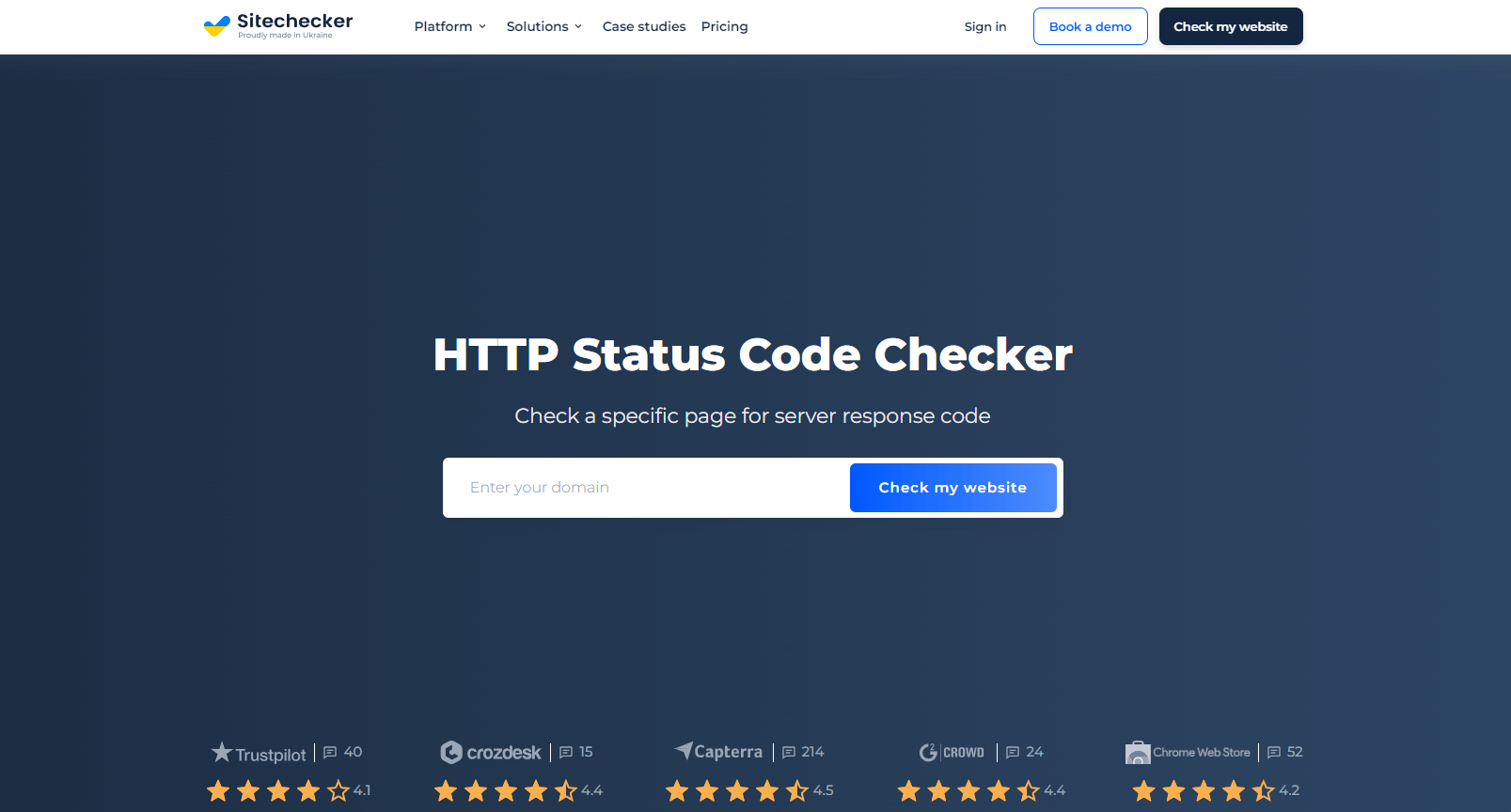
HTTP Status Code Checker is an efficient tool for detecting 410 errors on your website. Its Website Crawler checks every page of your site and pinpoints any occurring 410 status codes, thereby helping you maintain your SEO performance.
Moreover, SiteChecker Pro doesn’t just identify issues – it provides context and actionable solutions. It gives you detailed analytics about the problems and offers suggestions on how to fix them, which empowers you to take immediate corrective action.
What makes SiteChecker Pro even more valuable is its ability to perform regular, automated audits of your site. This ensures you detect and resolve any 410 errors promptly, which is vital for maintaining your site’s optimization, user experience, and SEO rankings.
Conclusion
410 HTTP status code is an intentional server response indicating a permanent removal of a web page. This signal informs search engines to stop trying to crawl the page, preserving the crawl budget and potentially benefiting SEO performance. However, improper usage can lead to issues, making regular site audits crucial to identify and fix errors.
The 410 status code can be implemented through server configurations or SEO plugins, depending on your system setup. Tools like SiteChecker Pro help effectively manage these codes by automating detection and suggesting resolutions, thereby enhancing your site’s overall health and user experience.
What causes a 410 error?
How do I fix error 410?
What is SIP Error 410 Gone?
What is error code 410 in SEO?
What's the difference between 404 and 410?
A 404 status code, or "Not Found," means the server couldn't find the requested resource. This could be temporary — perhaps the page was moved, and the server hasn't been updated, or the page was deleted but could be restored in the future.
A 410 status code, or "Gone," means the resource was purposely removed and is permanently unavailable. The server returns this code to tell clients (including search engines) that the page has been intentionally taken down with no intention of being made available again.
In terms of SEO, search engines treat 410s a bit differently than 404s. If a search engine encounters a 410, it will generally deindex the page more quickly than with a 404, as a 410 provides a clear signal that the page is gone and not coming back.
